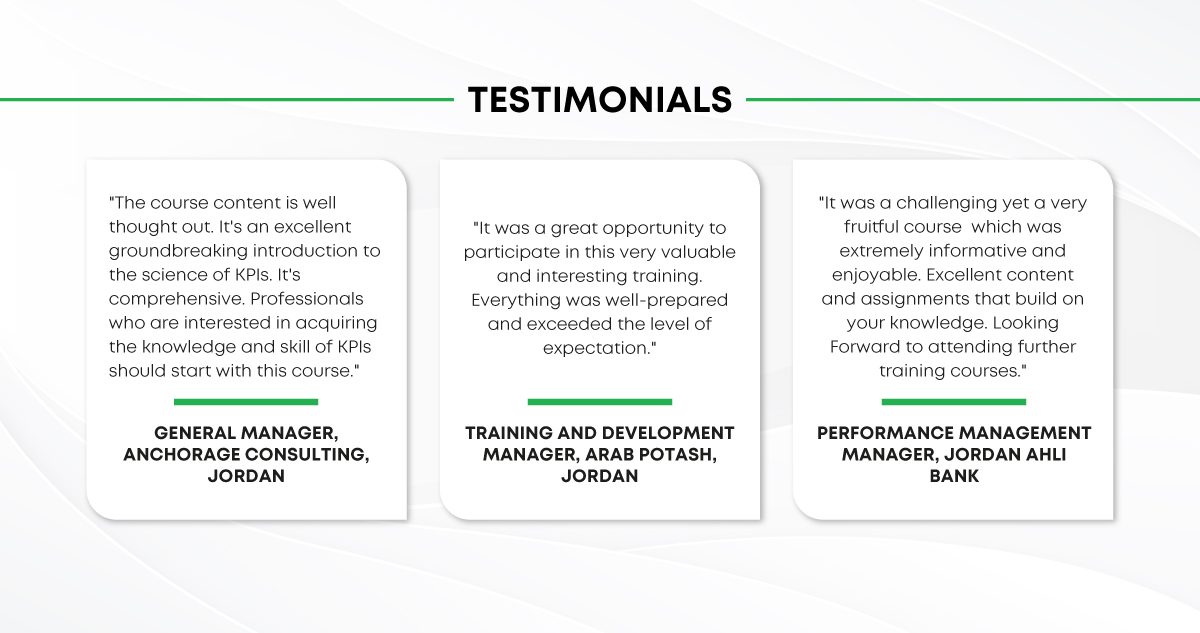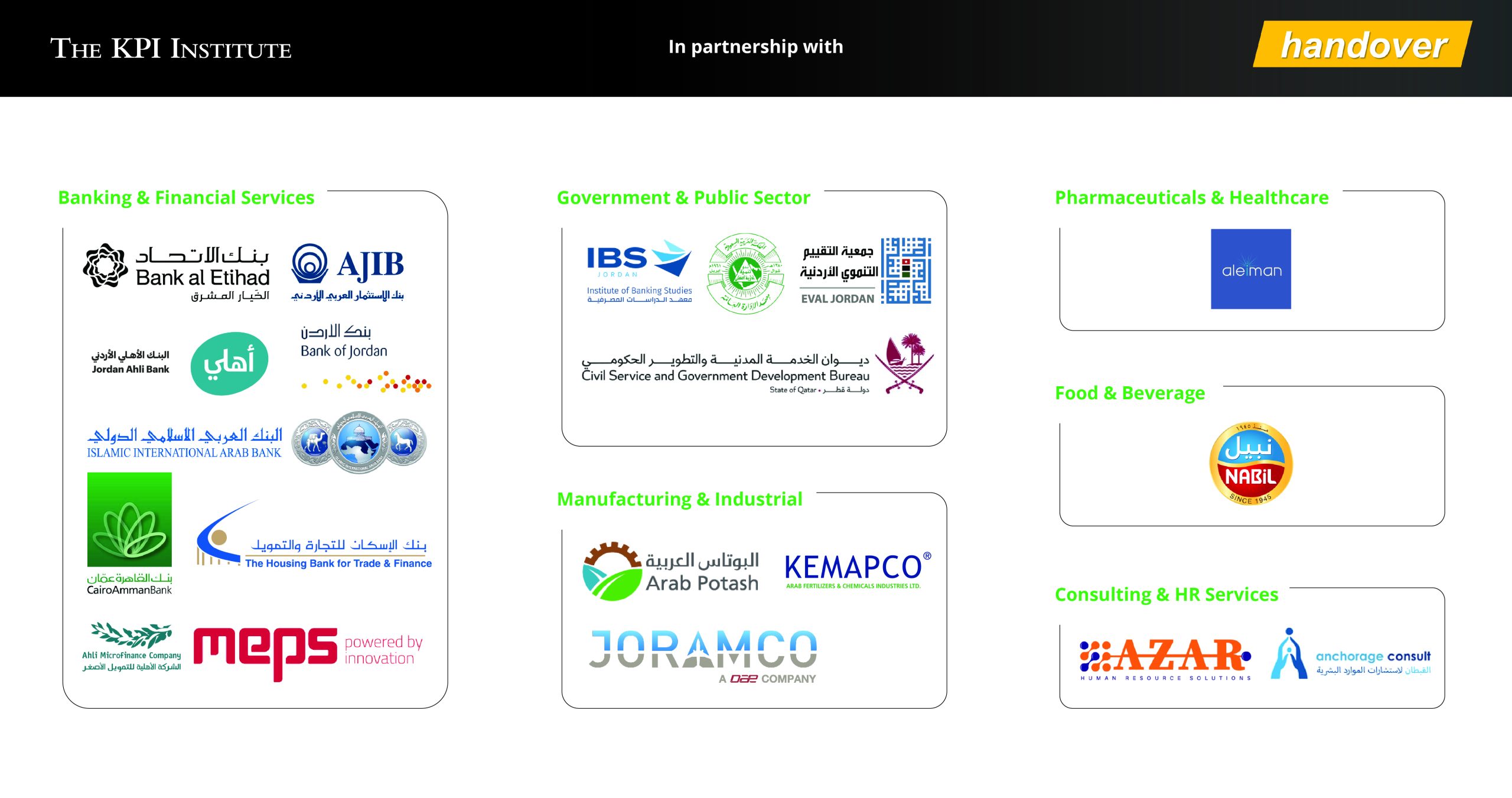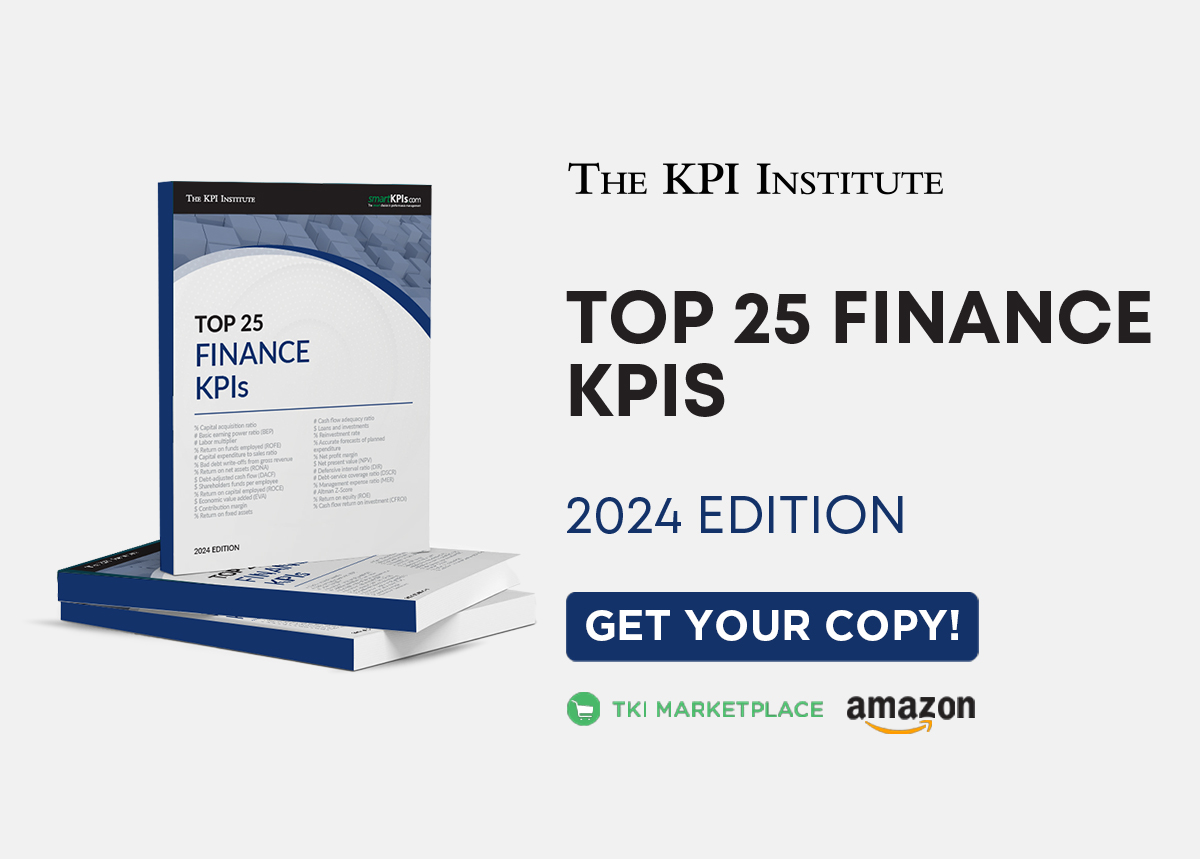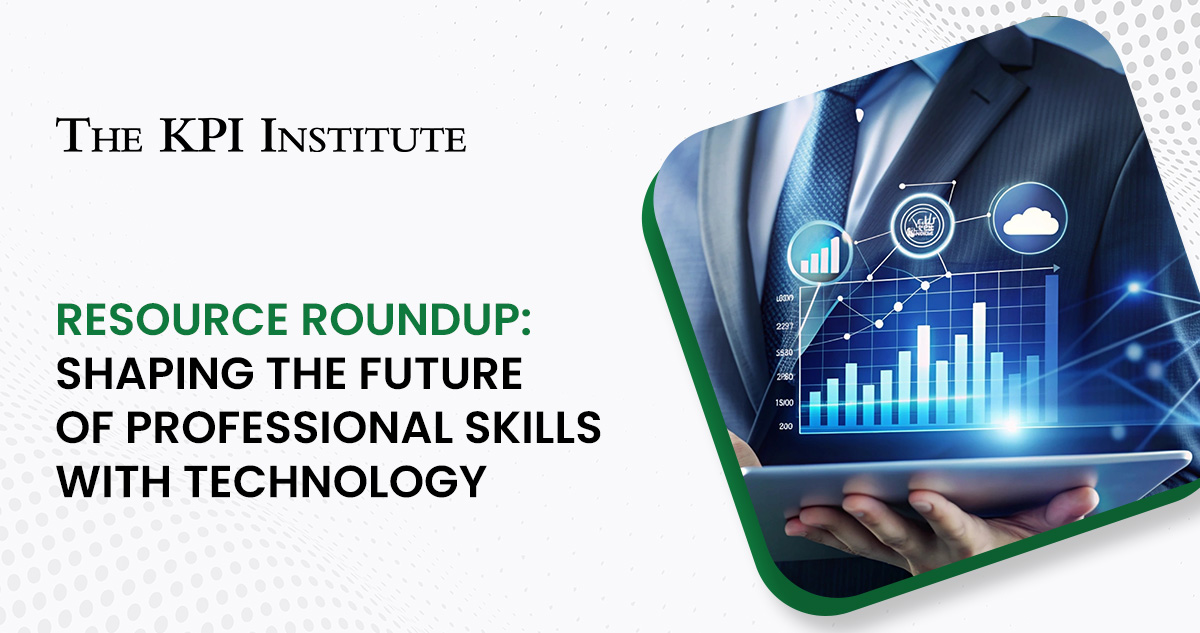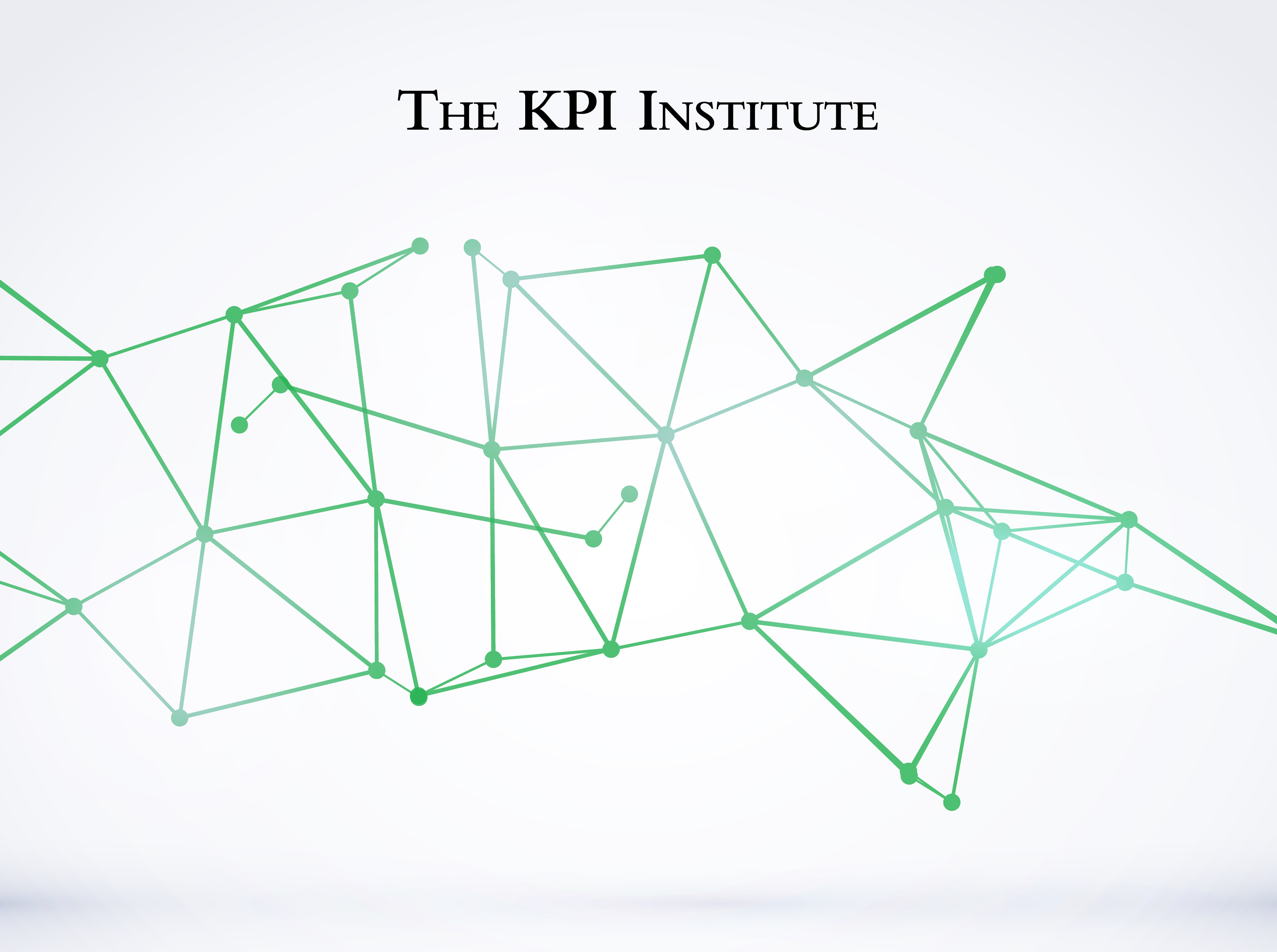
Common project management pitfalls and the KPIs that can help to avoid them
February 26th, 2025 Posted by Kimberly Tilar KPIs 0 thoughts on “Common project management pitfalls and the KPIs that can help to avoid them”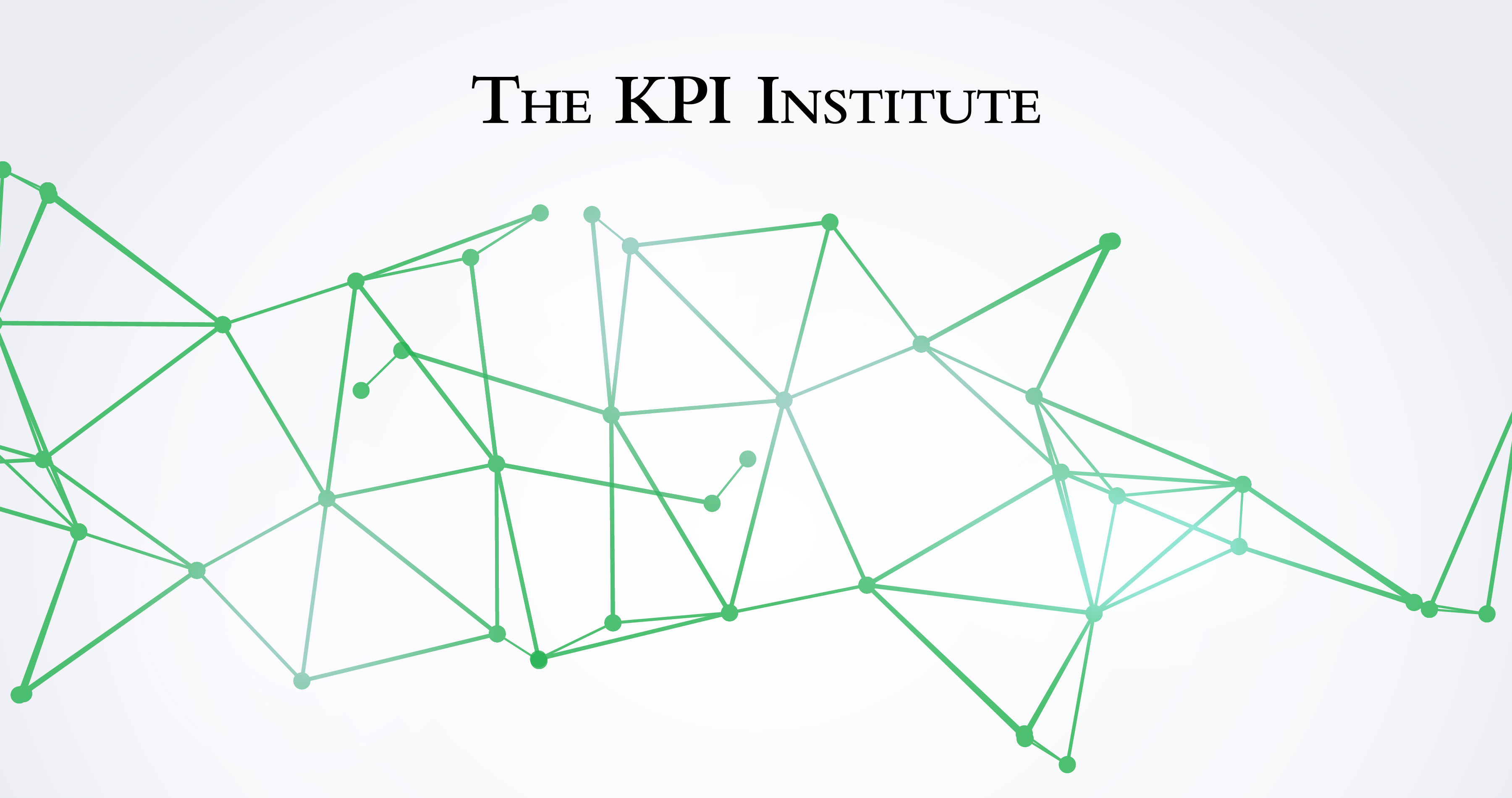
Project management is much like an iceberg—while deadlines, budgets, and deliverables are the visible markers of success, underlying challenges often lurk beneath the surface. Hidden risks, inefficiencies, and misaligned expectations can quietly accumulate until they result in significant setbacks.
Many projects struggle due to poor stakeholder engagement, uncontrolled scope expansion, inefficient resource allocation, and inadequate risk planning. One way to address these challenges is to implement key performance indicators (KPIs). Choosing and utilizing the right KPIs helps organizations identify the challenges early and provides measurable insights that can guide decision-making, enhance accountability, and ensure projects stay aligned with strategic goals.
To navigate these challenges, let’s examine common project management pitfalls and the KPIs that can help mitigate them.
Common Project Management Pitfalls
One of the common project management pitfalls is ineffective resource management, characterized by overallocation that leads to burnout and delays, and poor visibility, which hinders efficient task assignment. Additionally, underutilization wastes capacity and increases costs.
When resources are not effectively allocated, some employees become overburdened while others remain underutilized, leading to inefficiencies and workplace dissatisfaction. According to Gallup, a survey of nearly 7,500 full-time employees revealed that 23% frequently or always feel burned out at work, while another 44% experience burnout occasionally, which means nearly two-thirds of workers face this issue.
Furthermore, Gallup explained that the organizational impact of burnout is significant because burned-out employees are 63% more likely to take sick leave and 2.6 times more likely to look for a new job. Even those who remain tend to have 13% lower confidence in their performance and are half as likely to engage in goal-setting discussions with their managers, reducing overall productivity and engagement.
Another common pitfall is project financial management, where poor budgeting, inaccurate forecasting, and uncontrolled expenses cause cost overruns and financial instability. Without proper cost tracking, projects exceed budgets due to unforeseen expenses, inefficient resource allocation, or scope creep. Limited financial visibility leads to funding shortages, rushed decisions, and compromised quality.
Project financial management controls expenses, revenue, and profit through budgeting, cost estimation, funding, and expense tracking. The project manager oversees budget adjustments to ensure completion within budget, scope, and timeline.
According to TeamStage, cost overruns are a major challenge, with 55% of project managers citing them as a reason for project failure. While effective financial management establishes clear roadmaps and milestones, only 34% of projects stay within budget, underscoring the prevalence of financial mismanagement.
To overcome challenges, organizations can leverage KPIs to enhance project management. The KPI Institute’s Top 25 Project Management KPIs – 2024 edition report provides valuable insights that would help organizations identify and apply the most relevant metrics to enhance performance and ensure project success.
Top 5 KPIs to Optimize Project Resources and Finances
1. # Earned man-hours – tracks the total man-hours corresponding to completed work, assessing job productivity and project progress. Businesses are encouraged to adopt a man-hours-based monitoring approach, which involves tracking planned, earned, and actual man-hours with labor efficiency. This method ensures accurate monitoring, aids manpower planning, and improves execution efficiency.
- % Project budget variance – calculates the deviation between actual and planned project costs upon completion, reflecting financial discipline in project planning and execution. Budget overruns often stem from inaccurate cost estimation or delays leading to extra expenses. An ideal budget variance aligns with project goals and organizational objectives while demonstrating effective financial management.
- # Schedule Performance Index (SPI) – evaluates project progress by comparing earned value to planned value, indicating efficiency in value generation. A higher ratio reflects better alignment with the planned schedule, ensuring optimal resource utilization and timely project completion.
- % Project resource utilization – calculates the percentage of allocated man-hour resources utilized in a project, reflecting resource planning accuracy and utilization efficiency. Automated tracking through project management software enables real-time monitoring at various stages, milestones, or project completion, ensuring optimal resource use.
- $ Cost avoidance savings – tracks savings from cost avoidance initiatives, such as procurement strategies and process improvements, by preventing future expenses rather than reducing current costs. This KPI helps monitor financial efficiency through negotiating better supplier terms, securing lower purchase prices, obtaining free value-added services, or establishing long-term contracts with price protection.
These KPIs are part of The KPI Institute’s Top 25 Project Management KPIs, a report within the Top 25 KPIs 2024 series, highlights the most widely used KPIs across industries based on smartKPIs.com viewership data from January 2023 to April 2024.
The report provides insights into performance measurement trends, KPI challenges, usage contexts, and 10 strategies for effective implementation. Each KPI has been thoroughly researched and updated to reflect the latest business trends. The 2024 edition also features an improved documentation template to ensure key details are presented.
Explore more project management KPIs by downloading the Top 25 Project Management KPIs – 2024 Edition today via the TKI Marketplace. You can also get your copy now through Amazon.



